As we develop tools, we will list them below including a link to their page on Thingiverse.
Check out project logs if you're curious about how we developed them.
1. Screwdriver: 9g servo driven, 5-6 volt powered, thumb joystick actuated, Arduino Nano controlled: https://www.thingiverse.com/thing:3243862
2. Mini-Editing Keyboard: Arduino Micro-Pro controlled USB HID: https://www.thingiverse.com/thing:3787387
 ProgressTH
ProgressTH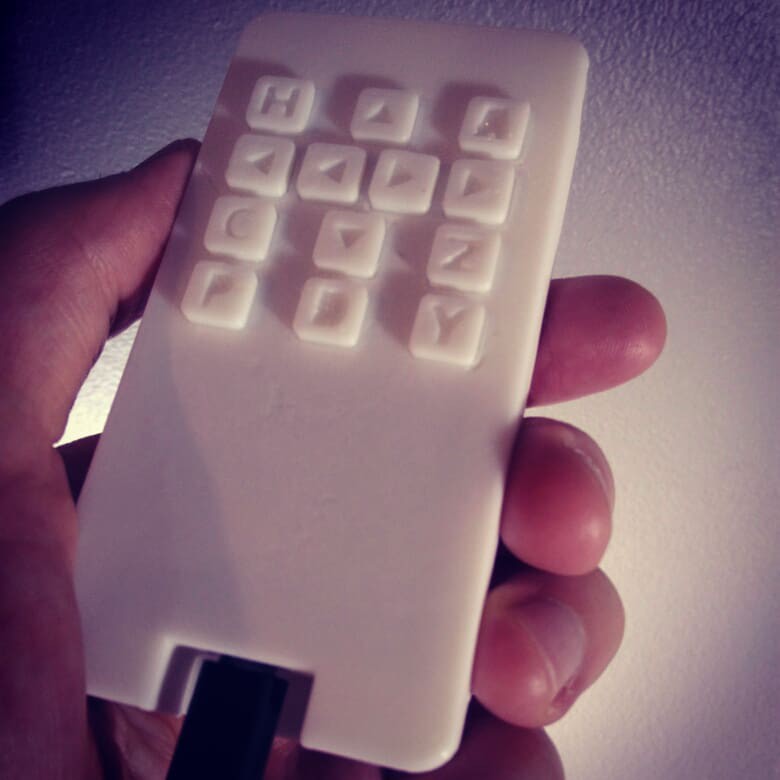
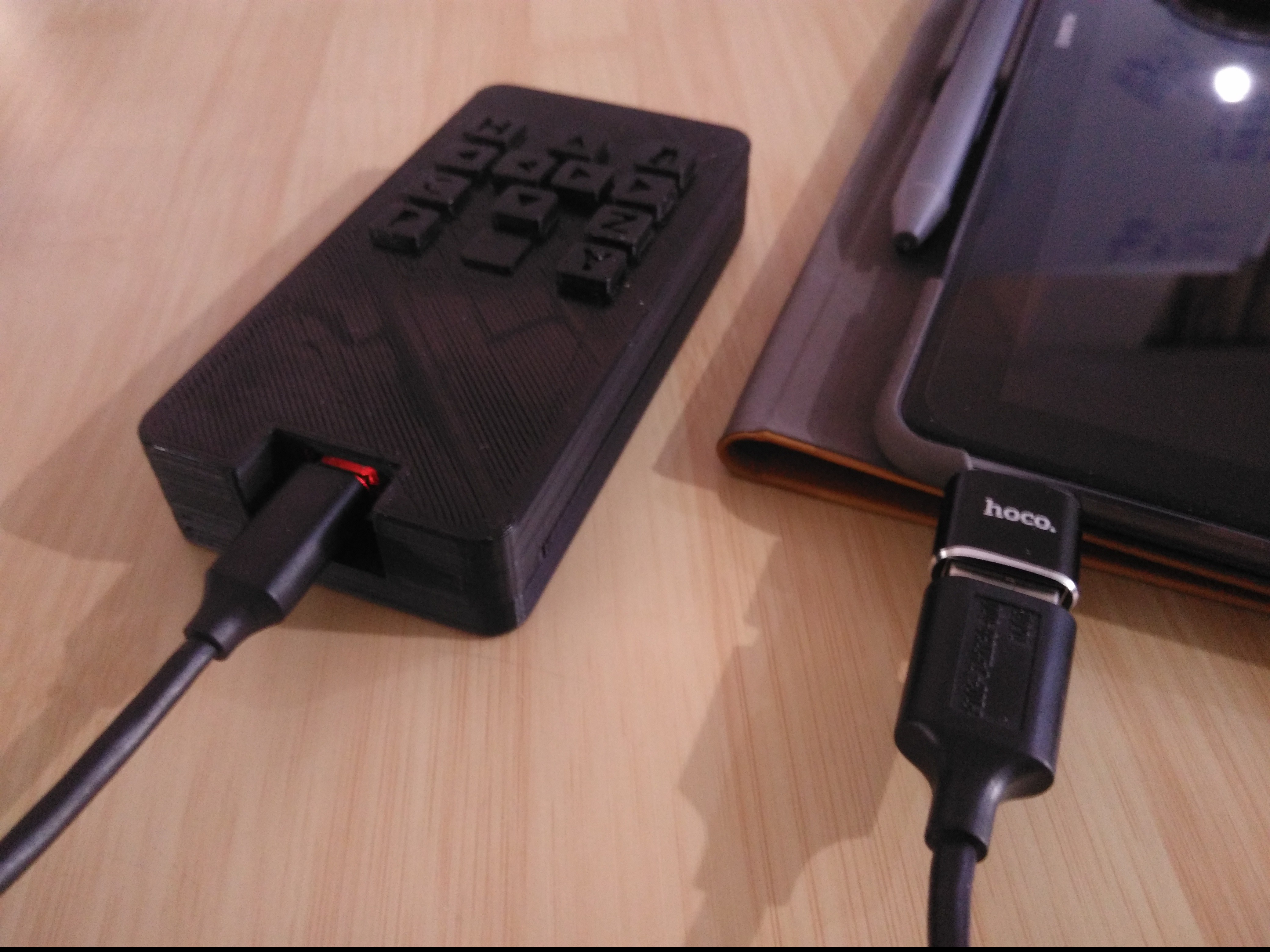

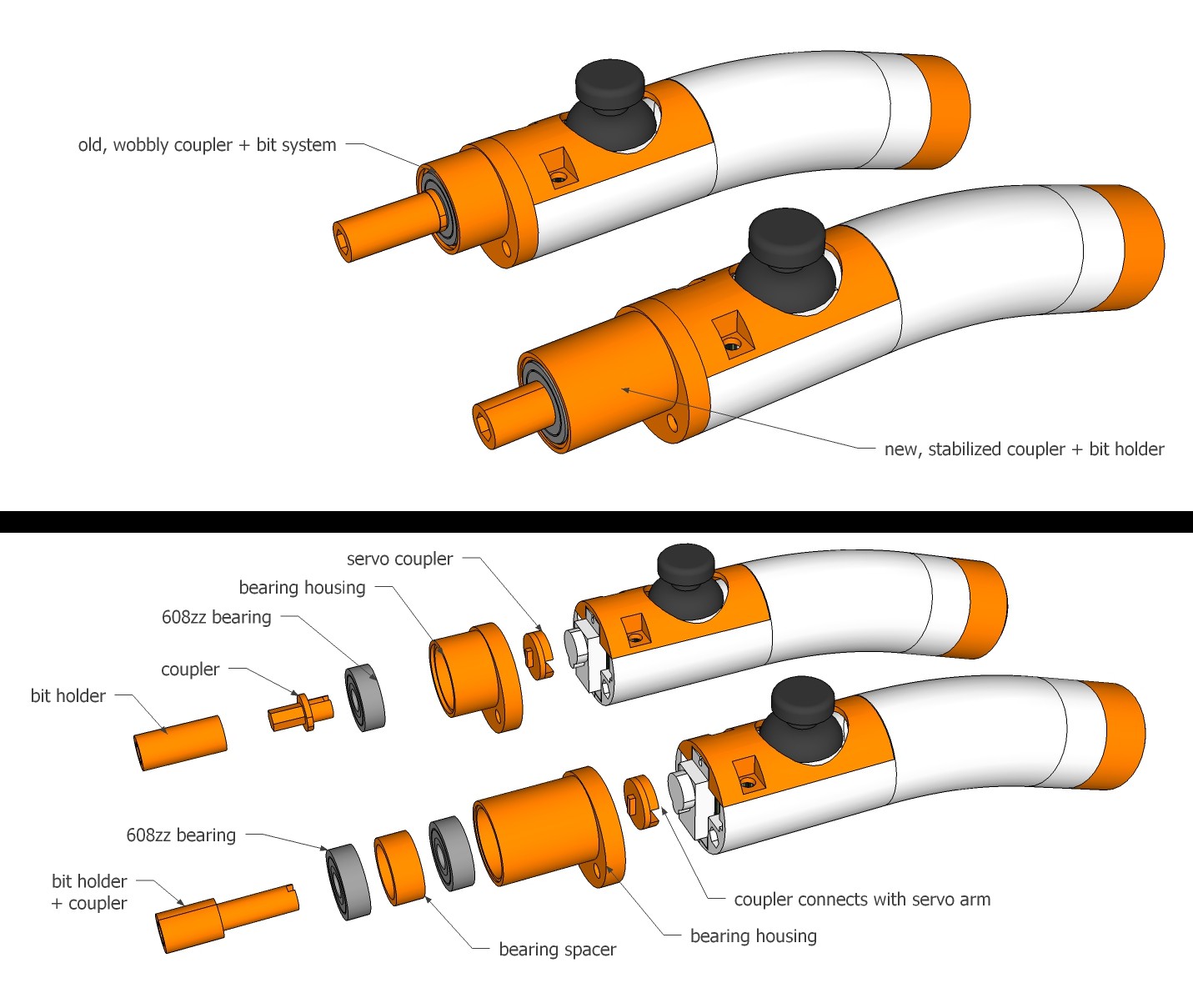
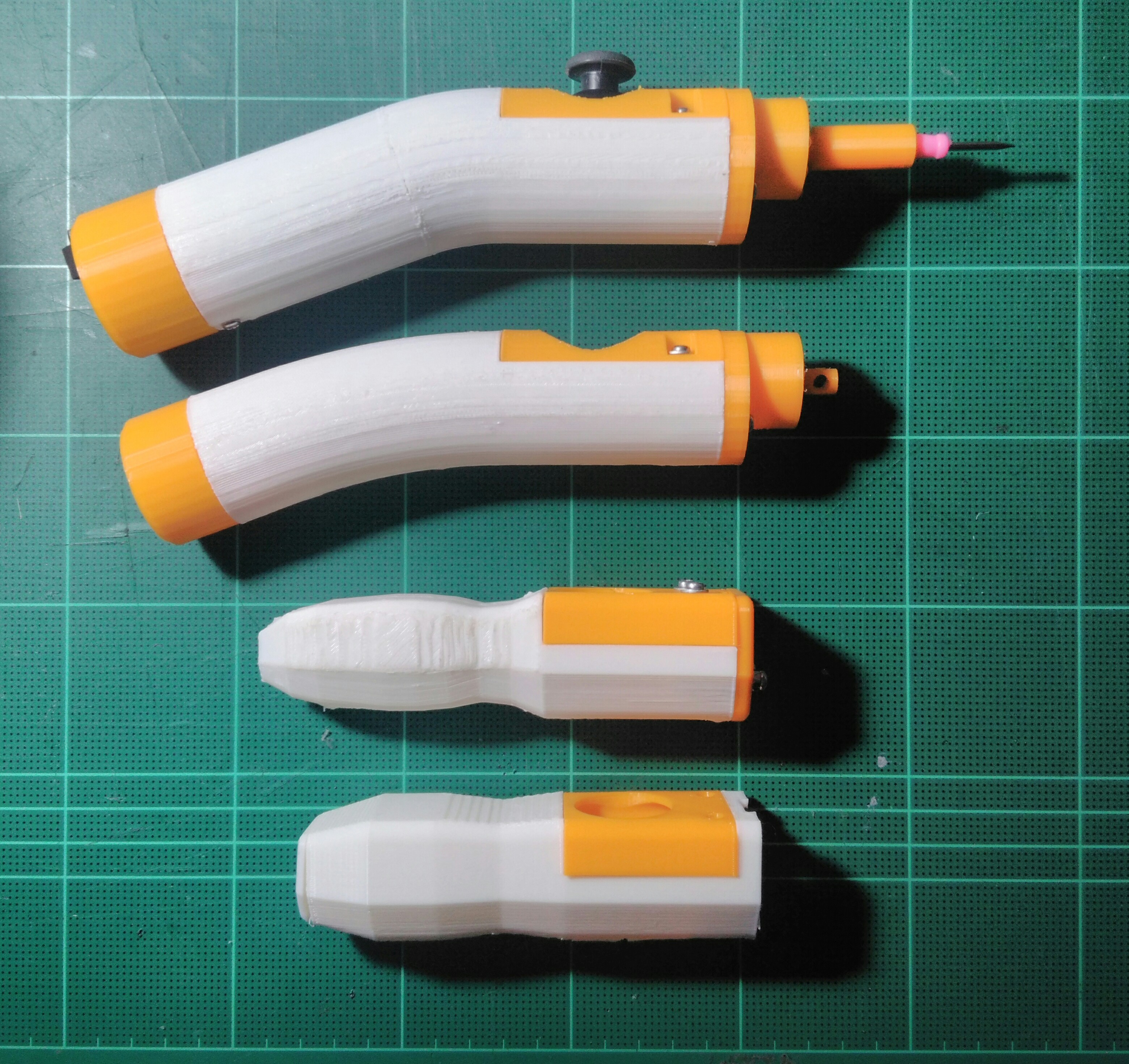
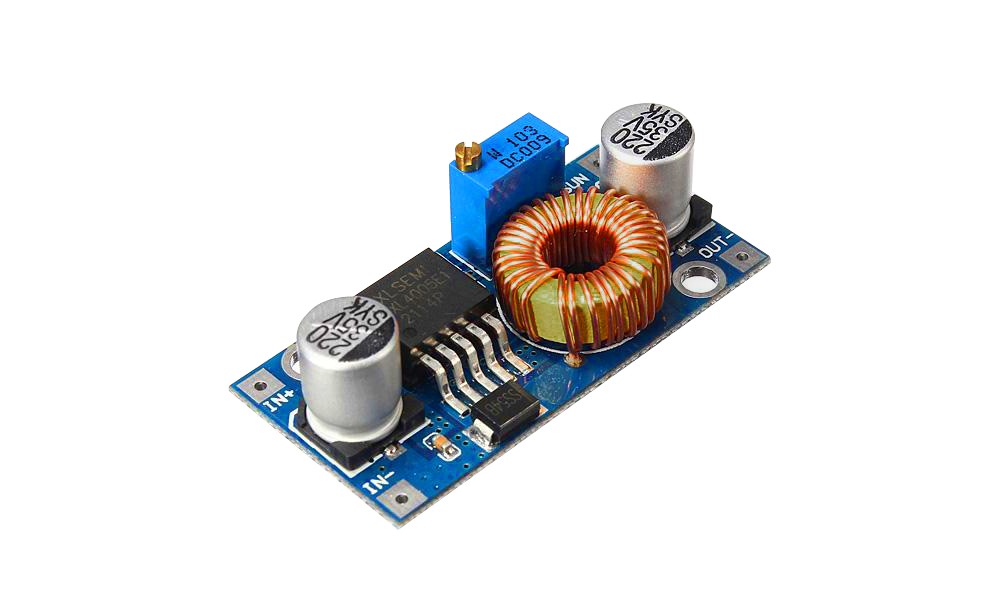



 Martin Lindskog
Martin Lindskog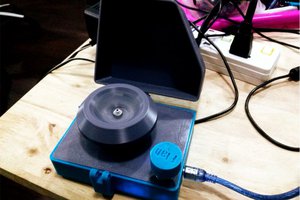
 ProgressTH
ProgressTH
 Kevin Cheng
Kevin Cheng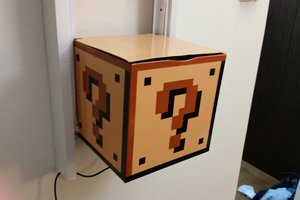
 Scott Clandinin
Scott Clandinin